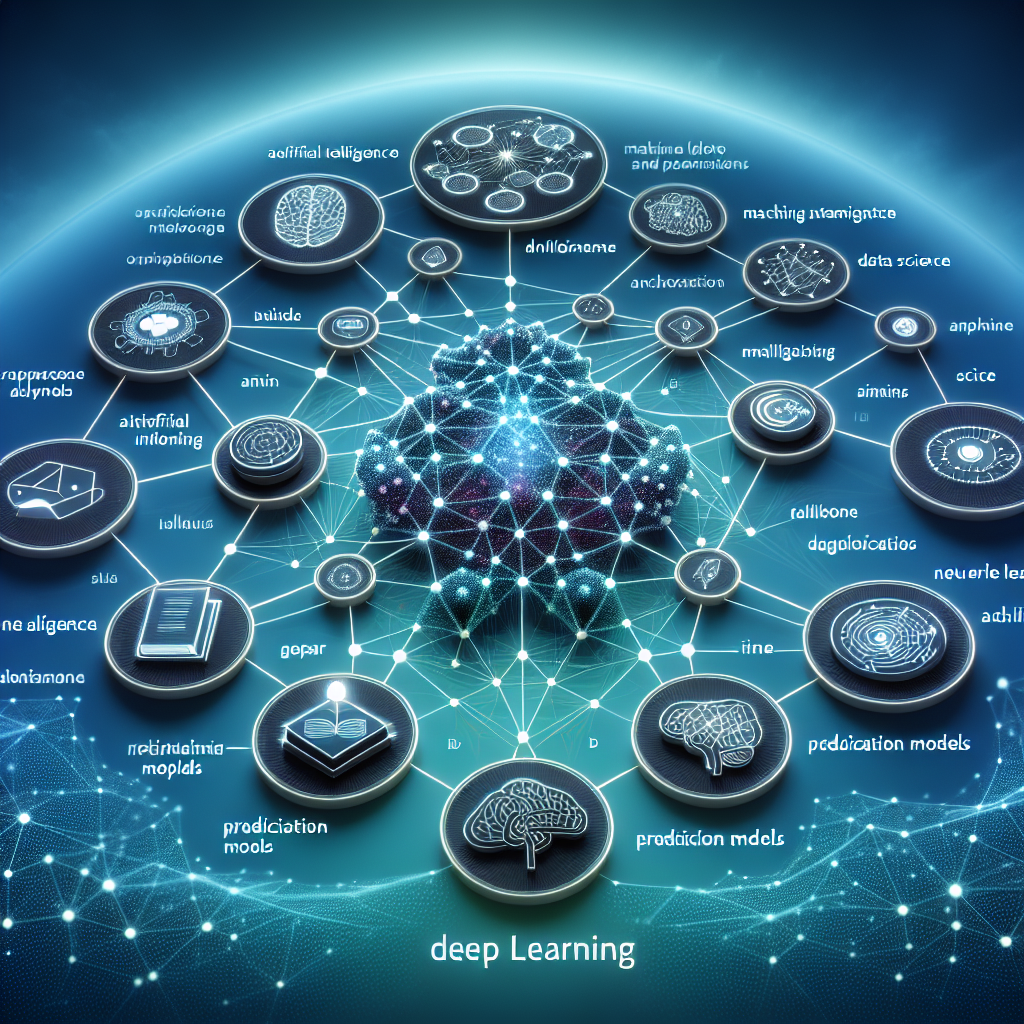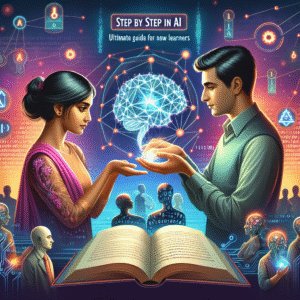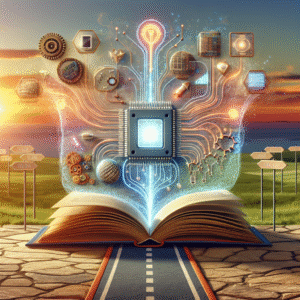In the vast realm of artificial intelligence, few areas have generated as much excitement and potential as deep learning. This powerful subset of machine learning has transformed industries, driving innovations that once belonged to the realm of science fiction. By mimicking the intricate workings of the human brain, deep learning models have achieved feats like recognizing speech nearly as well as humans, diagnosing diseases from medical images, and even composing music. This article aims to demystify deep learning by exploring its key concepts and applications.
What is Deep Learning?
At its core, deep learning involves the use of artificial neural networks, complex structures inspired by the human brain. These networks consist of layers of interconnected nodes, or neurons, each responsible for processing a part of the input data. The term "deep" refers to the number of layers in these networks. Whereas traditional neural networks might consist of two or three layers, deep neural networks can consist of dozens or even hundreds.
Deep learning models learn by example, adjusting the connections between nodes during a training process to minimize error in predictions. This learning process involves using large datasets and substantial computational power, something that has only become feasible in recent years due to advances in processing technology and the availability of vast amounts of data.
Key Concepts in Deep Learning
1. Neural Networks
Neural networks are the building blocks of deep learning. Each network is composed of layers:
- Input Layer: Receives the initial data.
- Hidden Layers: Process and transform the data. These layers are where "deep" in deep learning comes from.
- Output Layer: Produces the final prediction or classification.
2. Activation Functions
Activation functions determine whether a neuron should be activated. They introduce non-linear properties to the network, enabling it to learn complex patterns. Common activation functions include:
- ReLU (Rectified Linear Unit): It outputs zero if the input is negative and the same value if positive.
- Sigmoid and Tanh: These functions map input values to a range between 0-1 (sigmoid) and -1 to 1 (tanh), respectively.
3. Backpropagation
Backpropagation is a crucial learning algorithm used to train neural networks. It involves adjusting the weights of connections based on the error rate of the output compared to the expected result. By minimizing the error, the model improves its accuracy over time.
4. Overfitting and Underfitting
Overfitting occurs when a model learns the training data too well, including its noise, and performs poorly on unseen data. Underfitting, on the other hand, happens when a model does not learn enough from the training data. Techniques like dropout, regularization, and the use of validation sets can help mitigate these issues.
5. Convolutional Neural Networks (CNNs)
CNNs are specialized for processing structured grid data like images. They use convolutional layers to automatically and adaptively learn spatial hierarchies of features from input images, making them ideal for tasks like image and video recognition.
6. Recurrent Neural Networks (RNNs)
RNNs are designed for sequence prediction tasks. Unlike traditional neural networks, RNNs have loops that allow information to persist, making them suitable for tasks involving sequential data like language translation and speech recognition.
7. Generative Adversarial Networks (GANs)
GANs consist of two neural networks, a generator and a discriminator, that compete with each other. The generator creates data, and the discriminator evaluates it. This adversarial process leads to the generation of data that is indistinguishable from real data, with applications in image synthesis and more.
Applications of Deep Learning
1. Computer Vision
Deep learning has revolutionized computer vision, enabling machines to interpret and understand visual data. From facial recognition systems in security to autonomous vehicles that perceive and react to their environment, deep learning models like CNNs have driven profound advancements.
2. Natural Language Processing (NLP)
Deep learning plays a pivotal role in NLP, allowing machines to understand, interpret, and respond to human language. Applications include language translation services, chatbots, sentiment analysis, and more. Transformers, a type of neural network structure, have been highly effective in improving NLP tasks, leading to the development of sophisticated models like GPT-3.
3. Healthcare
In the medical field, deep learning aids in diagnosing diseases with high accuracy. By examining medical images, deep learning models can identify anomalies such as tumors at an early stage, aiding in timely treatment. Furthermore, deep learning supports drug discovery and personalized medicine.
4. Finance
The finance industry benefits from deep learning through fraud detection, algorithmic trading, and risk management. By analyzing patterns and anomalies in transaction data, deep learning models help in predicting and managing financial risks more efficiently.
5. Autonomous Systems
Deep learning is central to the development of autonomous systems, including self-driving cars and drones. These systems rely on a complex web of sensors and neural networks to navigate and make decisions in real time, transforming transportation and logistics.
6. Entertainment and Media
From music composition to film editing, deep learning is reshaping the entertainment industry. For instance, AI-driven algorithms can generate novel music pieces or enhance video content quality, leading to more creative and personalized media experiences.
7. Agriculture
In agriculture, deep learning facilitates precision farming by analyzing data from drones and sensors to monitor crop health, optimize resource use, and increase yield. Through these insights, farmers can make informed decisions that promote sustainable practices.
Conclusion
Deep learning represents a significant leap forward in the field of artificial intelligence. By harnessing the power of data and computation, it enables machines to perform tasks that require intelligence previously thought to be uniquely human. As we continue to explore and refine these technologies, deep learning will undoubtedly lead to even more groundbreaking applications, shaping the future in ways we are only beginning to comprehend. As the frontier of AI advances, understanding these key concepts will be crucial for anyone eager to delve into this exciting field.




